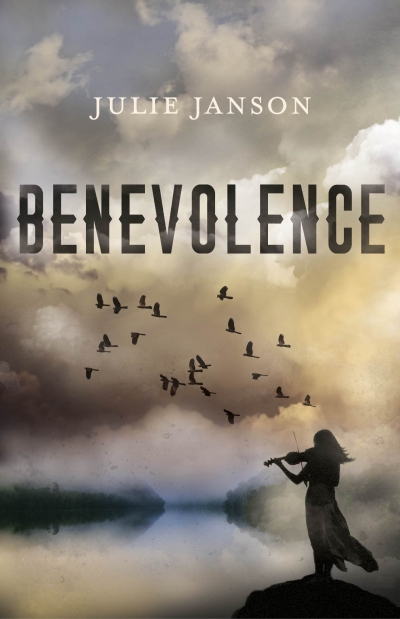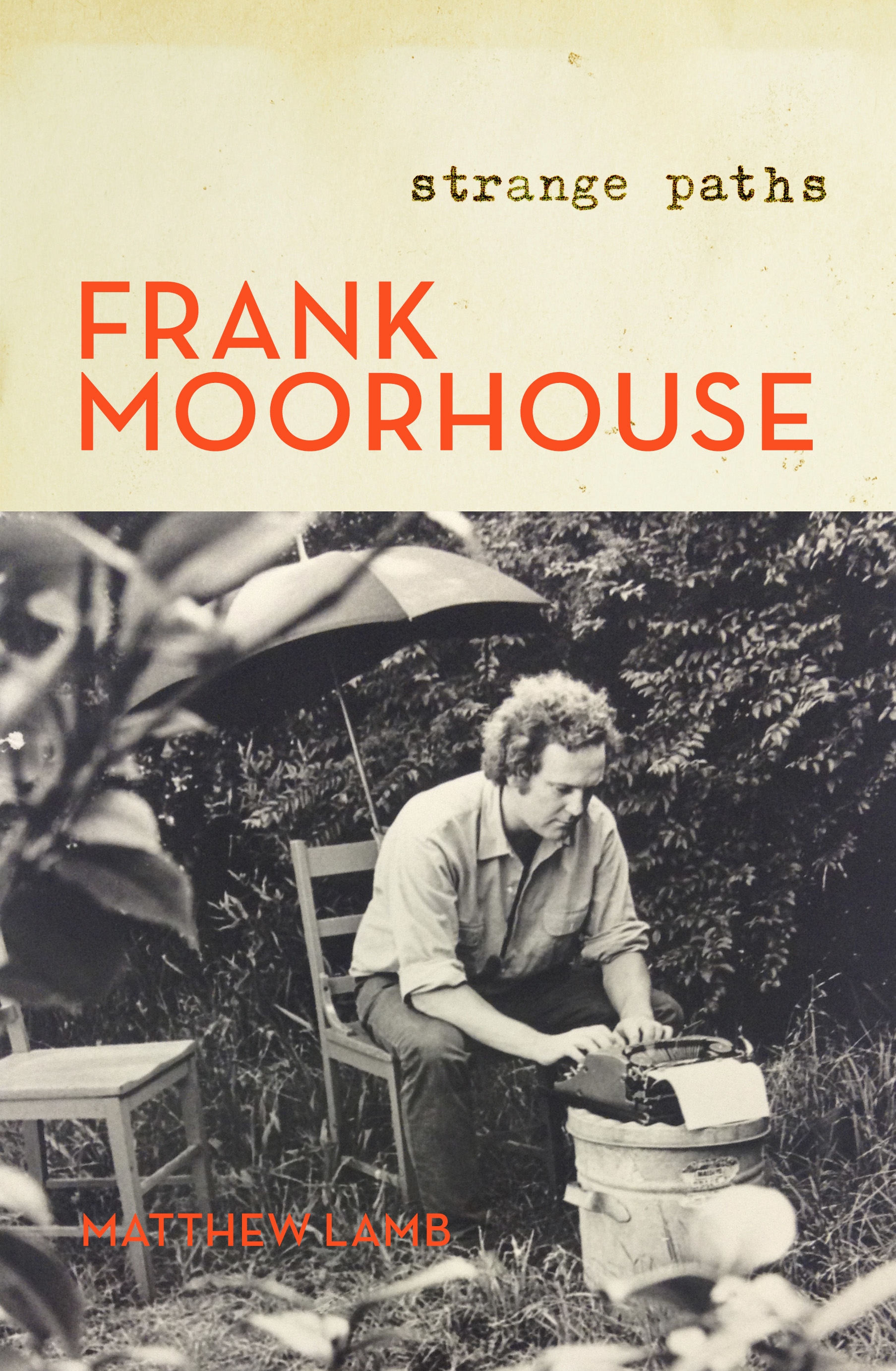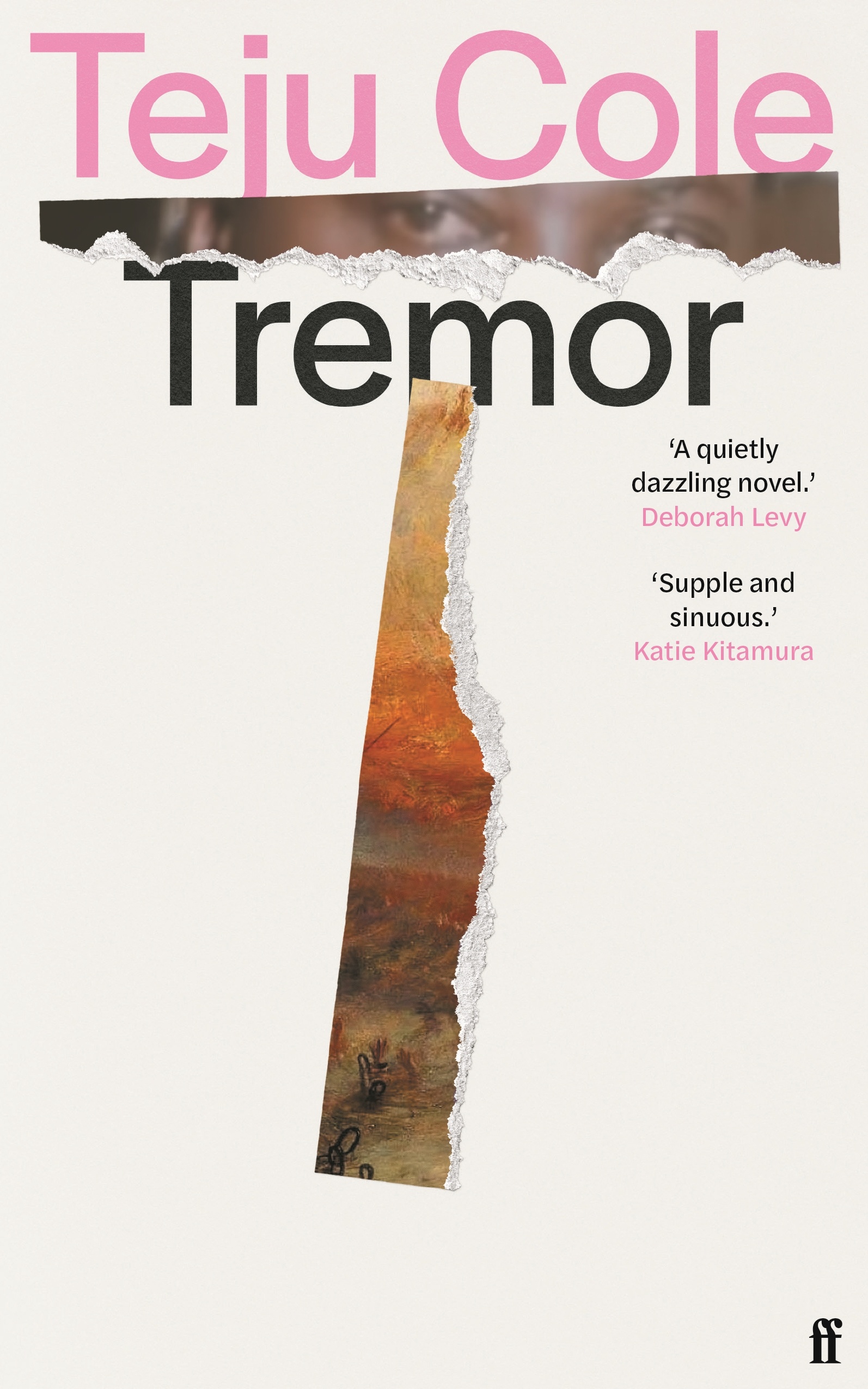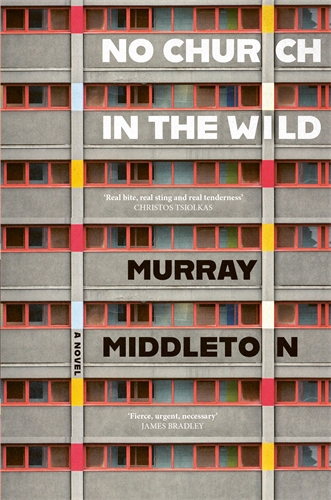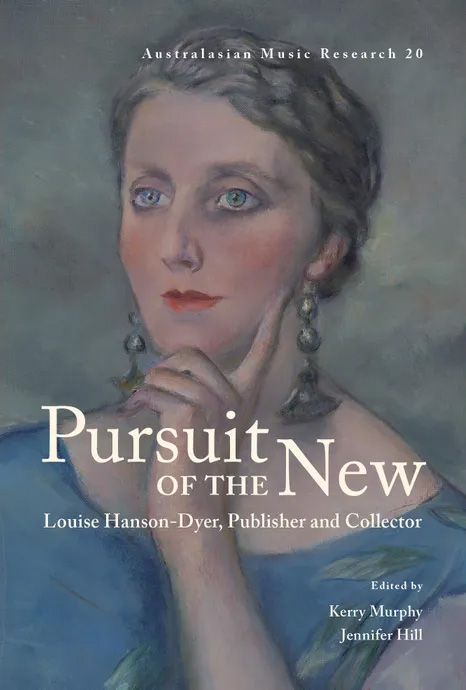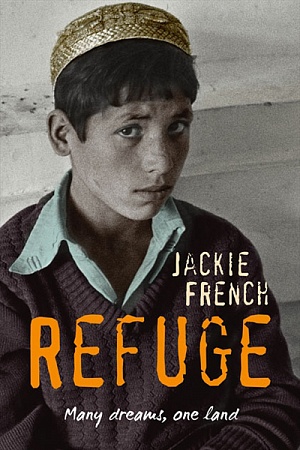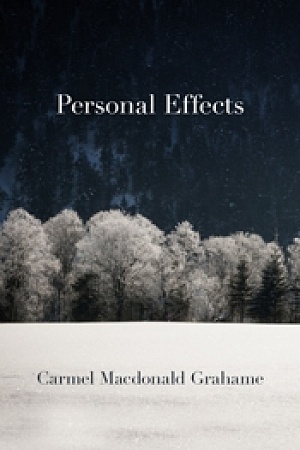Benevolence
Magabala Books, $19.99 pb, 338 pp
Benevolence by Julie Janson
‘You not waibala, you not blackfella. You in between.’ So Granny Wiring tells Muraging, the protagonist in Julie Janson’s latest thought-provoking novel, Benevolence. While this is not Janson’s first foray into historical fiction – The Light Horse Ghost was published in 2018 – it is a tale close to her heart. While Benevolence is based on the oral histories of Darug elders and the archival snippets of her own great-great-grandmother, Janson’s characters evoke notions of belonging and benevolence in early settler Australia. Primarily set on Darug country between 1813 and 1842, Benevolence draws attention to the survival and adaptation of Aboriginal communities in the face of the destruction wrought by colonialism.
In the opening pages, Muraging is abandoned by her father and handed over to The Native Institution; confused, she watches her father walk away. Located on the outskirts of Paramatta, this ‘benevolent’ institution seeks to deliver Aboriginal children from sin through Christian education and discipline. Here, Muraging experiences both love and loss, friendship and betrayal, but her overwhelming feeling is one of entrapment. Muraging is haunted by her existence midway between settler society and her Burreberongal roots. In this way, Muraging encapsulates the duality of Aboriginal contact with settlers in the early nineteenth century: settlers are – at times – vital for her survival, but contact is also very often overwhelmed by fear, longing, and a loss of identity.
Janson’s experience as a playwright is evident in her telling of Muraging’s story: the prose is decidedly to the point; the novel’s twists and turns rush by at breakneck speed; days, weeks, months, and years pass in the space of a paragraph; and the nuances of Muraging’s situation are diluted by the sheer pace of the story. But the text’s undulation evokes the ever-changing interactions between settlers and Aboriginal populations following settlement, giving voice to an oft-overlooked Aboriginal perspective.
In embracing this perspective, Benevolence evokes anxieties tied to the author’s own Aboriginality. Janson told Writing NSW that rage fuelled her writing of Benevolence: ‘I was tired of being told … that I wasn’t Aboriginal. The tiny drops of Darug blood that run in my veins are important.’ Throughout Benevolence, the reader is overwhelmed by the intensity of Muraging’s desire to reconnect with her land, culture, ancestry, and identity, vitally refracting Janson’s own desires.

